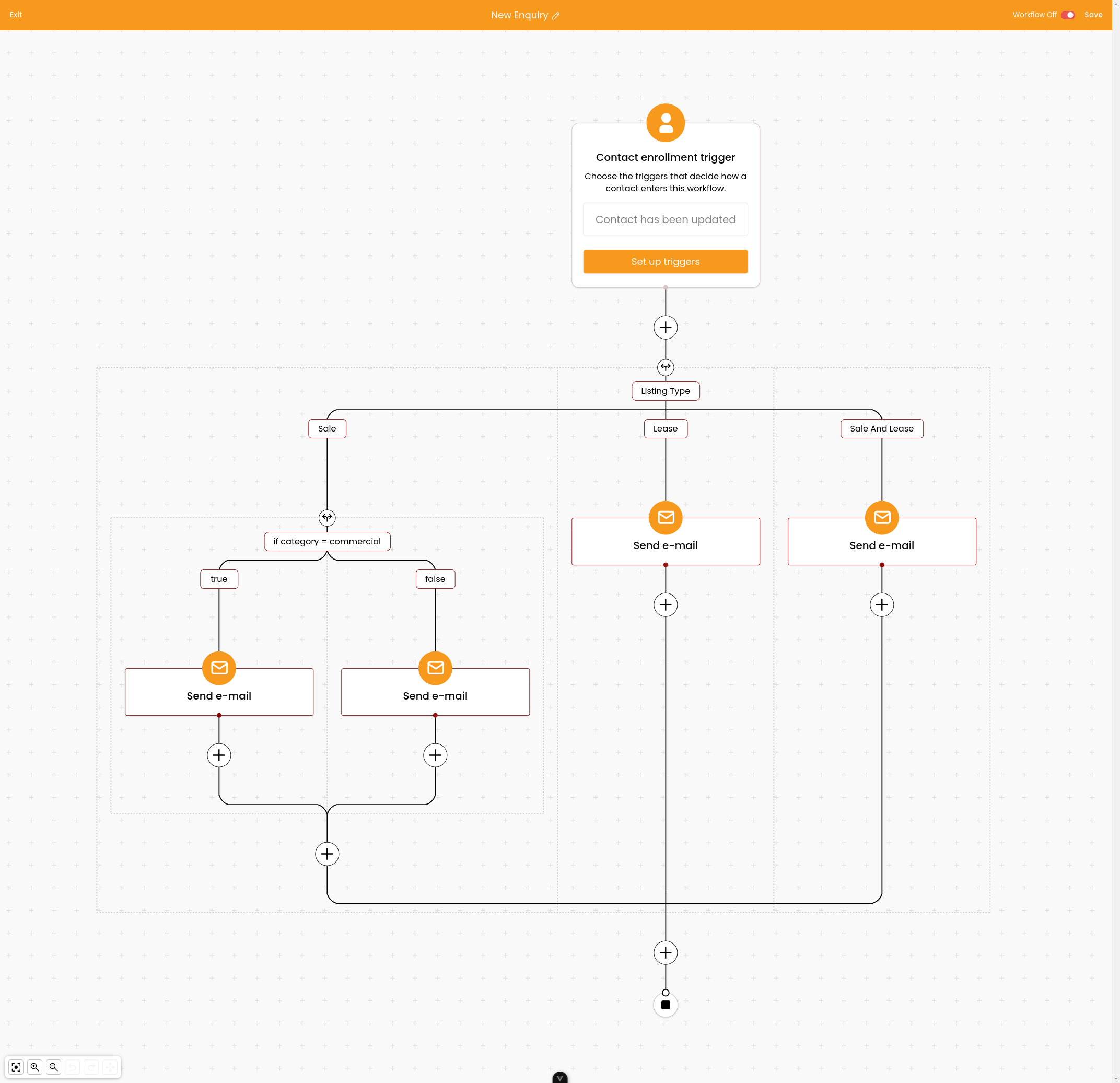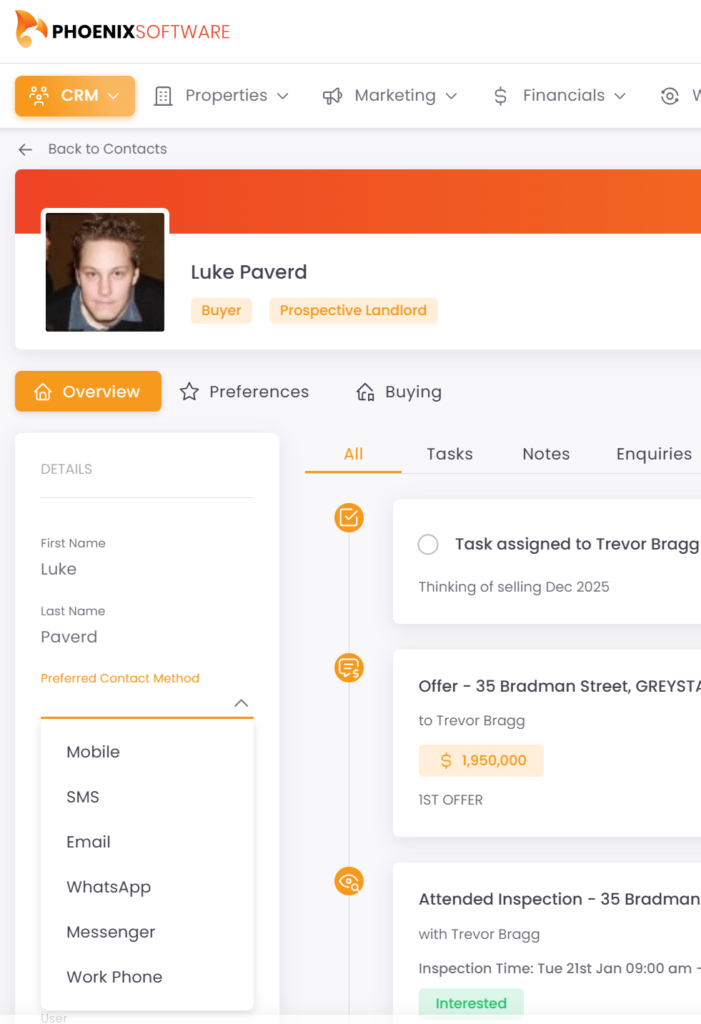30 Jan

Isn’t it just the worst when you’re at a BBQ, savouring the sizzle and laughter, and there’s that one mosquito that thinks you’re the main course? Just like that relentless little pest, some real estate agents catch a whiff of a lead and buzz around incessantly, hoping to land an appraisal. Don’t be that mosquito that ends up as a tiny smear on someone’s arm! Master the art of follow-up so your prospects actually look forward to your calls, rather than reaching for the bug spray.
It’s so easy to get caught in the whirlwind of emails, phone calls, and text messages, each promising to bring you closer to that coveted appraisal. However, striking the right balance in your follow-up to contacts is crucial—not only for getting listings but also for maintaining positive relationships. Let’s delve into how you can finesse this balancing act to become a more effective prospector.
Understanding the Importance of Follow-Up
In real estate sales, follow-ups serve as the lifeline to potential transactions. They act as gentle reminders, reassuring prospects that their business is valued and sought after. However, the challenge lies in nurturing these leads without overwhelming them. Too few contacts, and you risk being forgotten amidst the sea of competition. Too many, and you could find yourself on the receiving end of a frustrated “unsubscribe” or even a blocked number.
Timing is Everything
The mantra “timing is everything” holds particularly true in real estate follow-ups. Initial contact is critical—aim to follow up within 24 to 48 hours after the first interaction, while your conversation is still fresh in the prospect’s mind. This promptness demonstrates enthusiasm and professionalism.
Subsequent follow-ups should respect the prospect’s time and space. Consider adopting a rhythm that mirrors natural, conversational engagement. For instance, the first follow-up could be two days after the initial contact, then extend to a week, and subsequently every two weeks. Implementing a workflow that has gradual spacing helps maintain interest without becoming intrusive.

Minimum Touch Points
To establish how often you should be contacting potential sellers, it’s important to qualify and categorise them. Following is a guide of minimum touch points via a combination of calls, emails and and text messages.
All Sellers
* Monthly email with latest news, comparable available listings and sold properties
* Text advising when a property has sold in their street / unit block (even if it’s not your sale)
* Invite to follow on your social networks and post a selling tip once per week
* Add the contact to your Buyer Alerts service and set preferences the same as their property to receive similar listing updates
* Send an updated market report annually via post, personally or email
Cold Sellers (12 months +)
* Call every 2 months
Warm Sellers (6 to 12 months)
* Call every month
Hot Sellers ( up to 6 months)
* Call every 3 weeks until an appraisal is booked
* Invite to your open homes of comparable properties
After completing your appraisal, you can increase contact frequency, but be careful not to overwhelm. Directly ask the seller when they expect to make a decision and propose a future time for follow-up. This approach helps avoid unnecessary pursuit. At this stage, it’s crucial to listen and determine the appropriate balance and method of communication for this seller.
Personalisation: The Secret Ingredient
In a world inundated with automated messages and generic content, personalisation stands out. Tailor your follow-ups to reflect the prospect’s specific needs and preferences. This should all be recorded in your CRM so as to not be forgotten. Mention details from previous interactions, highlight properties that are comparable, and offer insights that add value to their decision-making process. This personalised touch not only builds rapport but also reinforces your role as a trusted advisor, rather than just a salesperson.
Leveraging Multiple Channels
The modern prospect is bombarded with information from various sources, making it crucial to utilise multiple channels for your follow-ups. Emails, phone calls, text messages, and even social media can serve as effective means to connect with potential clients. That being said, it’s important to gauge which medium resonates best with each prospect. Some may prefer the immediacy of a text, while others might appreciate a more detailed email.
A way to do this would be to create a custom field in your CRM to record the preferred method of contact.

However, avoid overwhelming your prospect by bombarding them across all channels simultaneously. Instead, experiment with different methods to find the most effective approach, and ensure your messages are consistent in tone and content.
The Art of Knowing When to Step Back
A vital yet often overlooked aspect of follow-ups is recognising when to step back. Sometimes, despite your best efforts, a prospect may not be ready to proceed. Respecting their decision to pause or disengage is crucial for maintaining a positive relationship. Let them know that you’re available when they’re ready and that their timeline is respected. This approach not only leaves the door open for future opportunities but also demonstrates professionalism and understanding.
Continuous Improvement
Finally, the key to mastering follow-ups in real estate prospecting is continuous improvement. Regularly evaluate your follow-up strategies, and be open to adapting based on feedback and results. Consider seeking mentorship or attending workshops to refine your approach further. Over time, you’ll develop an intuitive sense of what works best for you and your prospects.
Conclusion
Finding the right balance in follow-up contacts is both an art and a science. While there’s no one-size-fits-all solution, a thoughtful, personalised approach tailored to each prospect’s needs will invariably yield better results. Remember, follow-ups are not just about closing deals—they’re about building lasting relationships in the dynamic world of real estate. This is where effectively utilising your CRM becomes essential.
Contact us today to learn how to establish effective workflows that will support you and your team in prospecting and strengthening your connections with potential clients.



